One 27 July 2018, our world witnessed the longest Lunar Eclipse of the century, which lasted for 103 long minutes.
People in Asia and Africa had the best view of the celestial event. Those in Europe, South America and Australia had a partial view, and sadly North America and Antarctica couldn’t witness the beautiful sight.
However, regardless of where you live, if you missed the crimson shades of the moon, here’s what the whole world saw.
Just took a photo of the #LunarEclipse from the @Space_Station. Tricky to capture. The slight hue of blue is actually the Earth's atmosphere, just before the Moon is "diving into it". #Horizons pic.twitter.com/X8r7puloQl
— Alexander Gerst (@Astro_Alex) July 27, 2018
Who doesn’t LOVE a #lunareclipse? Check out the lunar giveaway @leograybooks! 🎉🌔 pic.twitter.com/FgSMQ8g1H6
— Leo Gray Books 🚀 (@leograybooks) July 27, 2018
The Moon in full eclipse alongside the Milky Way and above Mars during tonight’s #LunarEclipse #BloodMoon @ProfBrianCox pic.twitter.com/ohuIHDgOlY
— Matt Robinson (@Astromackem) July 27, 2018
#LunarEclipse
— سقراط (@itssoqratt) July 28, 2018
Lunar Eclipse of Egypt 💙 pic.twitter.com/XVcVdOs8Cc
I've always been captured by the beauty of the moon. This mornings #BloodMoonEclipse was a special one. #LunarEclipse #LunarEclipse2018 #OlympusInspired pic.twitter.com/MDI64cToTa
— Matthew Henry (@oakandink) July 28, 2018
#LunarEclipse
— 💫 Carpe 🌙 Noctem 💫 (@Cetacea3) July 28, 2018
What a moment! pic.twitter.com/8OnFauJO2o
If you missed your science lessons in school, the Lunar Eclipse occurs when the Earth comes between the Sun and the Moon and covers the moon with its shadow. And when this happens, the moon can turn red, giving it the name - Blood Moon.
But why did it last so long? It is the alignment of the centres of Sun, the Earth and the Moon, and the distance of the Moon from Earth at the time of eclipse, which combine to determine its duration.


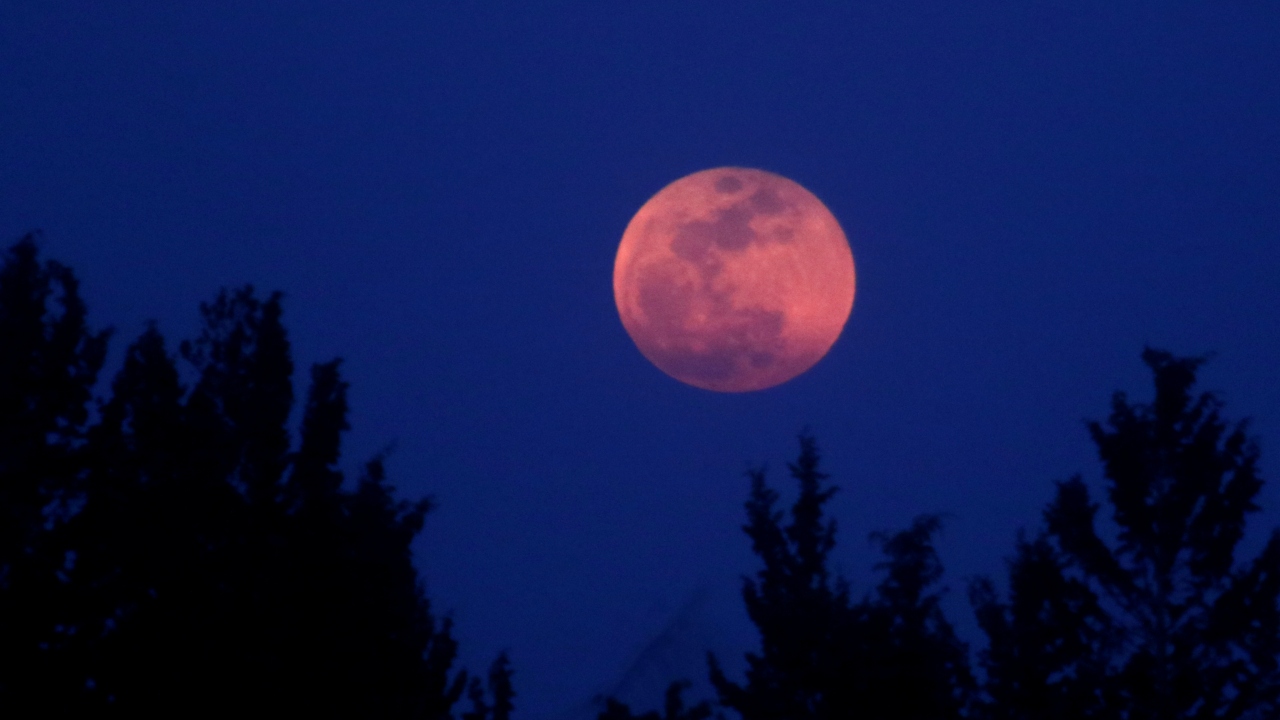)




)
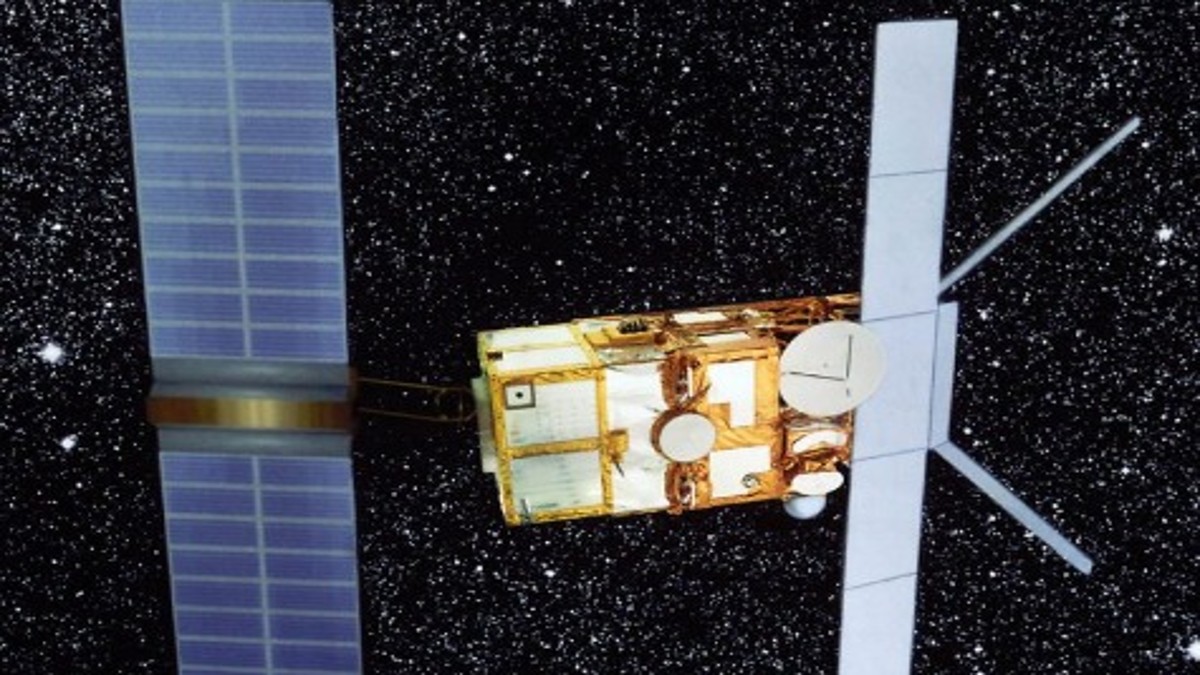)
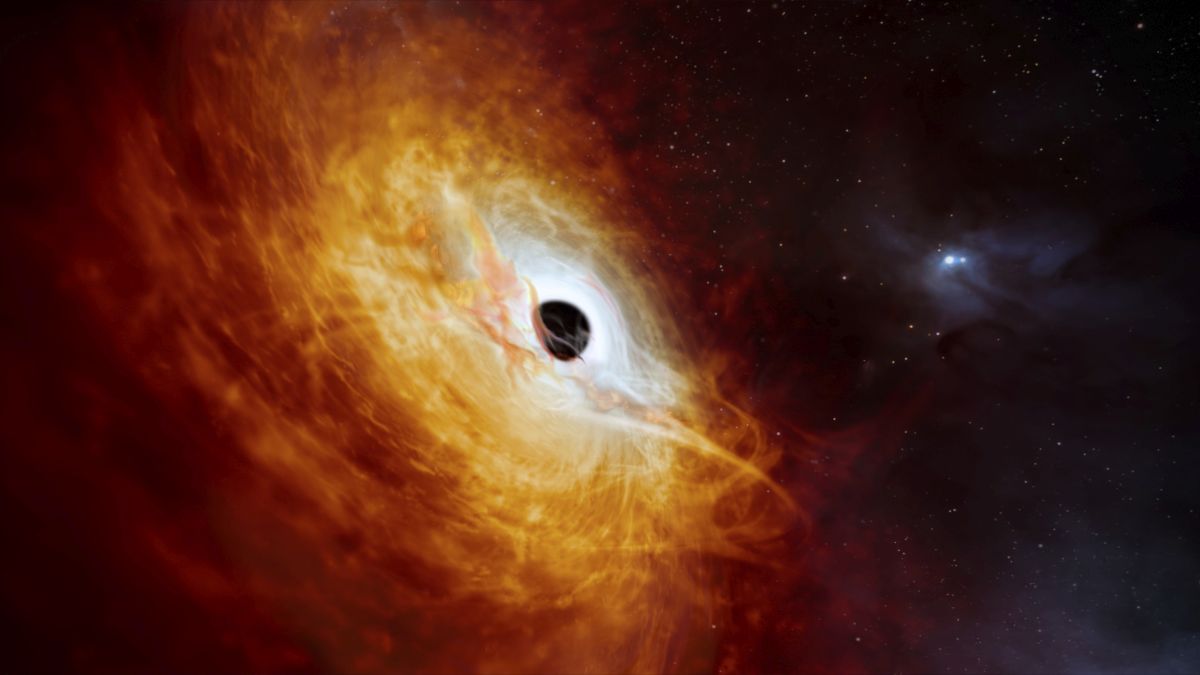)
)
)
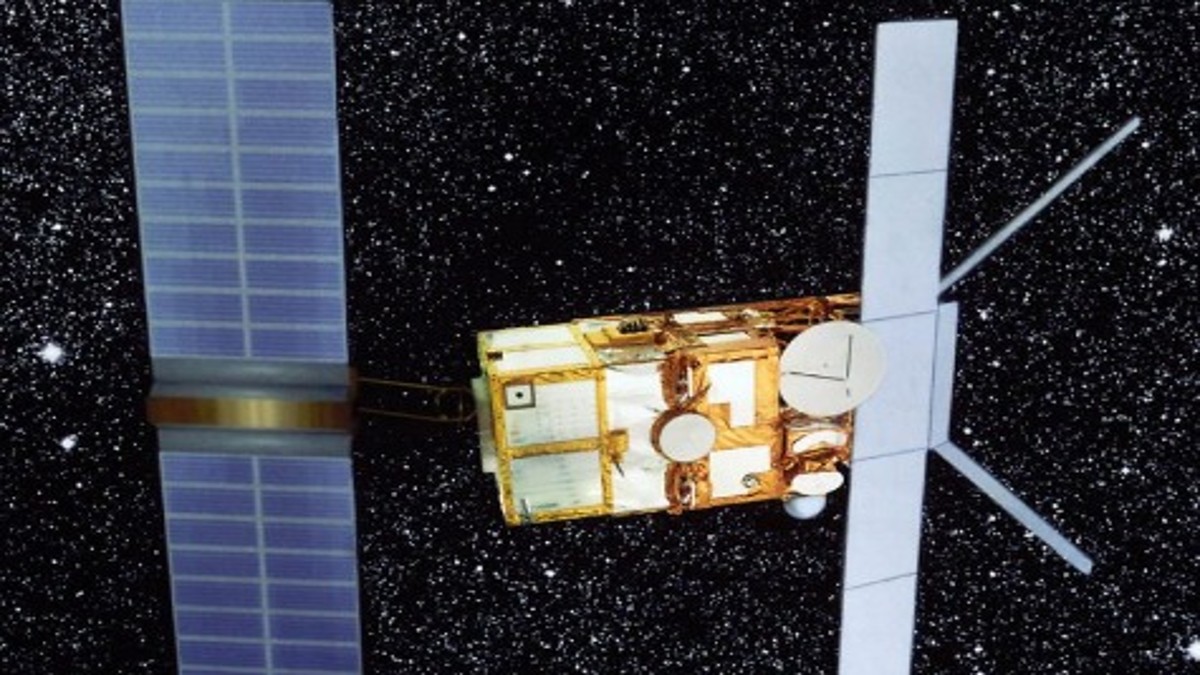)
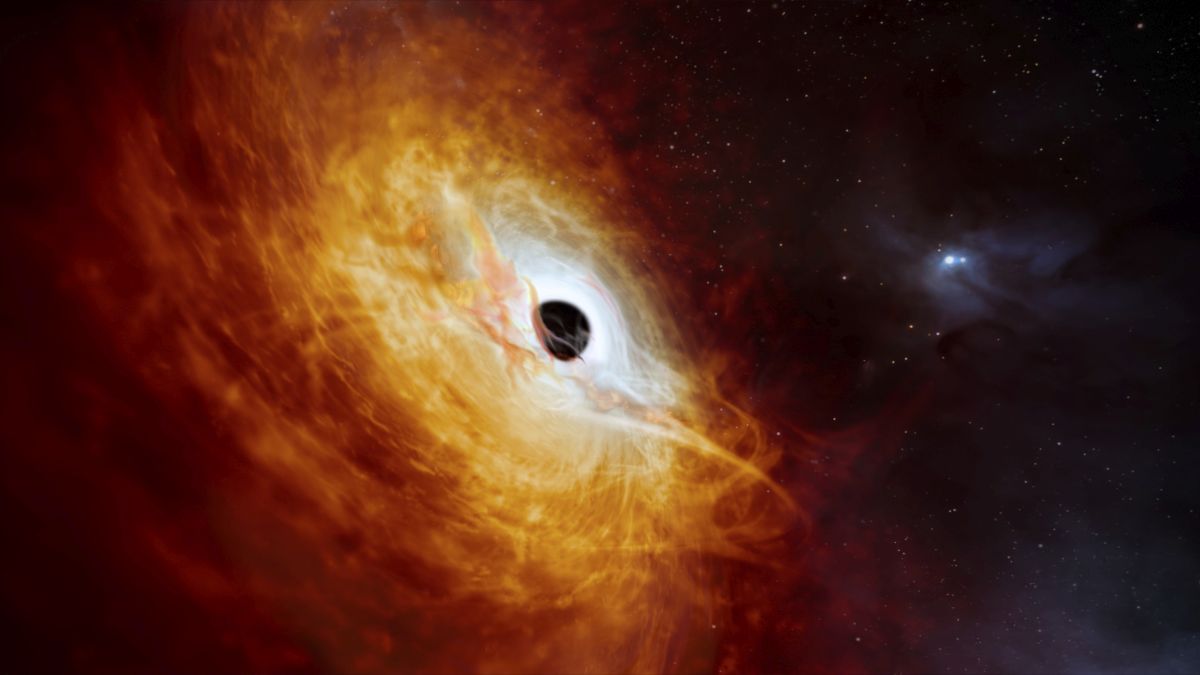)
)